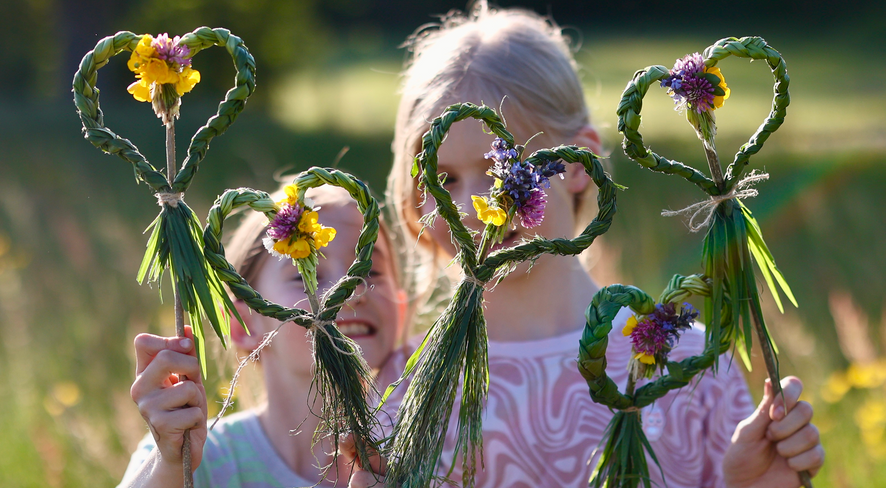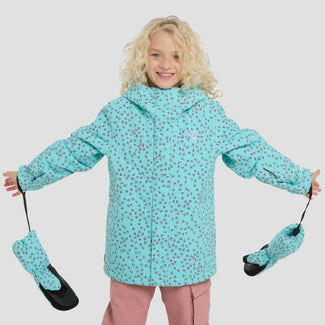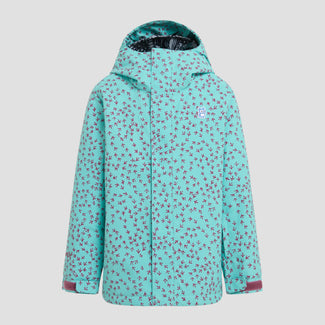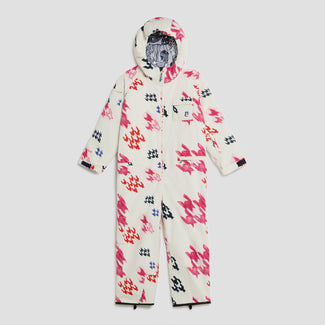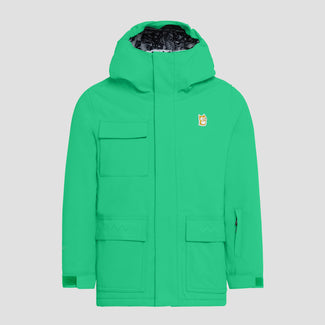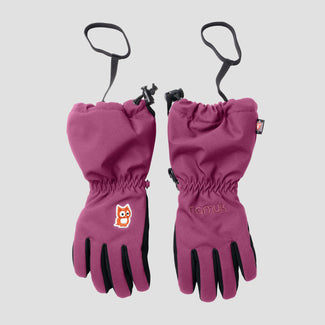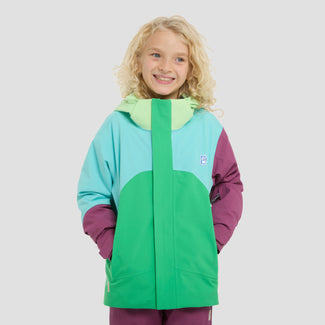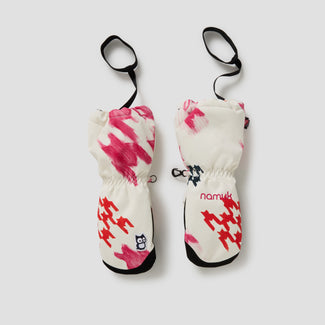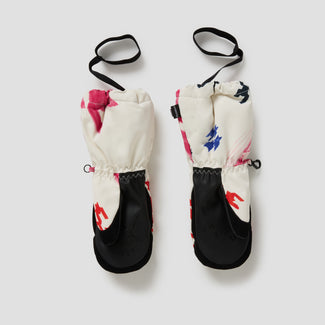Nature is the greatest craft store one can imagine – and it has so much to offer. With fresh flowers, fragrant grass, and the countless treasures that spring gives us, you and your children can create fantastic things together. Crafting in nature is not only about creating something, but also about rediscovering the world around us, spending time together, and fully immersing yourselves in the little wonders of life.
namuk ambassador Gabrielle from the Instagram account kindwaldundwiese presents us a very special project: Grass Hearts for Mother’s Day – a beautiful and sustainable idea that warms the heart and lets creativity flow. It once again shows how much fun it is to craft in nature while doing something good for the environment by avoiding artificial materials. So grab your kids, put on your shoes, and head outside – because with this project, you’ll create not just a unique gift, but also lots of positive energy.

Materials from nature: What you’ll need for your project
Before you wander through wild, green meadows, take a look at the things you’ll need for your grass heart:

- Long, soft grasses: They should be flexible and delicate so you can braid them easily. Spring offers a wide variety, such as meadow foxtail, orchard grass, or moor grass. You can find these types of grasses in typical meadows, pastures, and wildflower fields.
- Rubber bands: For the initial hold before the heart takes shape. You can use regular household rubber bands that are about 4 cm in diameter. In total, you'll need four rubber bands, one at the top and one at the bottom of each braid. These rubber bands will be removed once the braids are shaped into a heart and attached to the stick with jute twine.
- Jute or hemp twine: Perfect for tying the grasses together and giving the whole project a natural, rustic touch. You'll need two pieces of jute or hemp twine, each about 30 cm long.
- Colorful flowers: Daisies, buttercups, dandelions, or clover – the flowers of the season add a lovely splash of color to your heart. Make sure to only pick flowers that are allowed and not endangered. Even neophytes (non-native species) can work beautifully as decoration for your hearts. Discover colorful combinations while being mindful of nature.
- A thick stick or hazel branch: Slightly sturdier than and about as thick as your pinky finger – perfect for attaching your heart to it.

Step-by-step instructions: How to create your grass heart
1. Find grasses: Go on a little discovery walk and look for long, soft grasses. Take your time and enjoy the colorful beauty of nature all around you. Maybe it will even turn into a mini outdoor adventure! The grasses will be the foundation for your grass hearts.
2. Tie a bundle of grasses: Take the grasses you’ve gathered and secure them with a rubber band. The bundle should be about as thick as your thumb – sturdy, yet flexible.

3. Braiding with lots of love: Now comes the fun part – braiding! It’s most enjoyable when done together: one person holds the bundle tightly while the other cheerfully starts braiding. Make sure the braid is nice and tight so it doesn’t loosen as it dries. When you reach the end, secure it again with a rubber band to keep everything in place.
4. Shaping the heart: Now tie both braids at the top to the stick or hazel branch using jute twine – this will be the point of the heart. Bend the braids downwards to form a heart shape and tie the ends together with the second piece of twine. This secures the braids to the top end of the stick. You can then also use the same twine to attach a small bunch of flowers.
5. Remove the rubber bands: Once the heart is holding its shape, you can remove the rubber bands. This way, your heart is made entirely of natural materials and can be left outside in nature.
6. Add flowers: Pick a few flowers from the garden – they’re most beautiful when freshly picked from the ground and tied onto your heart. Just make sure to only pick plants that are not protected or needed by nature in some other way.
7. Final touches: Cut the ends of the braids and flower stems at an angle – it’ll help keep your heart sturdy and give the flowers a clean, finished look.

Tips & tricks for the perfect grass heart
Gabrielle is our crafting expert and has a few valuable tips for this DIY project. “If the grasses are a bit stiff, roll them between your hands and gently pre-bend them to make them more flexible. That’ll make braiding easier.” It’s also important to note that the hearts need a bit of time to dry. “Let them wilt for two days, then lay them flat to dry.” Once they’re fully dried, they’ll hold their shape and can shine in your home or garden all spring long. Just make sure they’re placed somewhere sheltered from the elements.

Why you’ll love this project
“Crafting in nature holds a very special meaning for us,” says Gabrielle. She and her family love drawing creative inspiration from nature. “Our kids love braiding, and the heart shape just brings so much joy.” Crafting with grasses isn’t just a lovely way to celebrate Mother’s Day – it’s also a wonderful opportunity to spend time outdoors together and let your creativity flow freely. And what could be better than gifting a handmade, sustainably crafted heart, instead of a quickly bought bouquet or a box of chocolates?
“What we especially love: these hearts are made entirely from natural materials that can later be returned to nature – and that’s something we’re really proud of,” Gabrielle says. Her children absolutely loved spontaneously giving their hearts to kind passersby, who responded with warm smiles. “It’s a creative moment that warms the heart and brings joy, reaching far beyond just the family.”
Crafting as a family adventure
Crafting, of course, isn’t about perfection – it’s about having fun together and being creative. “It’s important that the kids enjoy it and feel free to express themselves,” Gabrielle explains. They should be able to bring in their own ideas and personal touches. Older children can be involved as little experts and lend a helping hand. The “Grass Hearts” craft project is suitable for children around four years old with a bit of help. Gabrielle estimates that kids in elementary school can usually do it on their own.
Springtime crafting is especially magical, as you can really feel nature – the fresh scent of flowers, the tickle of the grass. Braiding and weaving not only support fine motor skills, but also concentration and creative problem-solving. Plus, crafting provides a wonderful setting for lighthearted conversation and meaningful connection: “This is the perfect chance to spend time together as a family and stay connected – simply because we’re doing something that brings joy.”
With this DIY Grass Hearts project, you’ll experience spring in a whole new way. Together with your children, you’ll discover the wonders of nature, bring your creative ideas to life, and create a beautiful, sustainable gift. So head out on an adventure, let your imagination play, and craft a heart from nature together. Just like Gabrielle’s kids, you can gift them to anyone you’d like to brighten their day.








